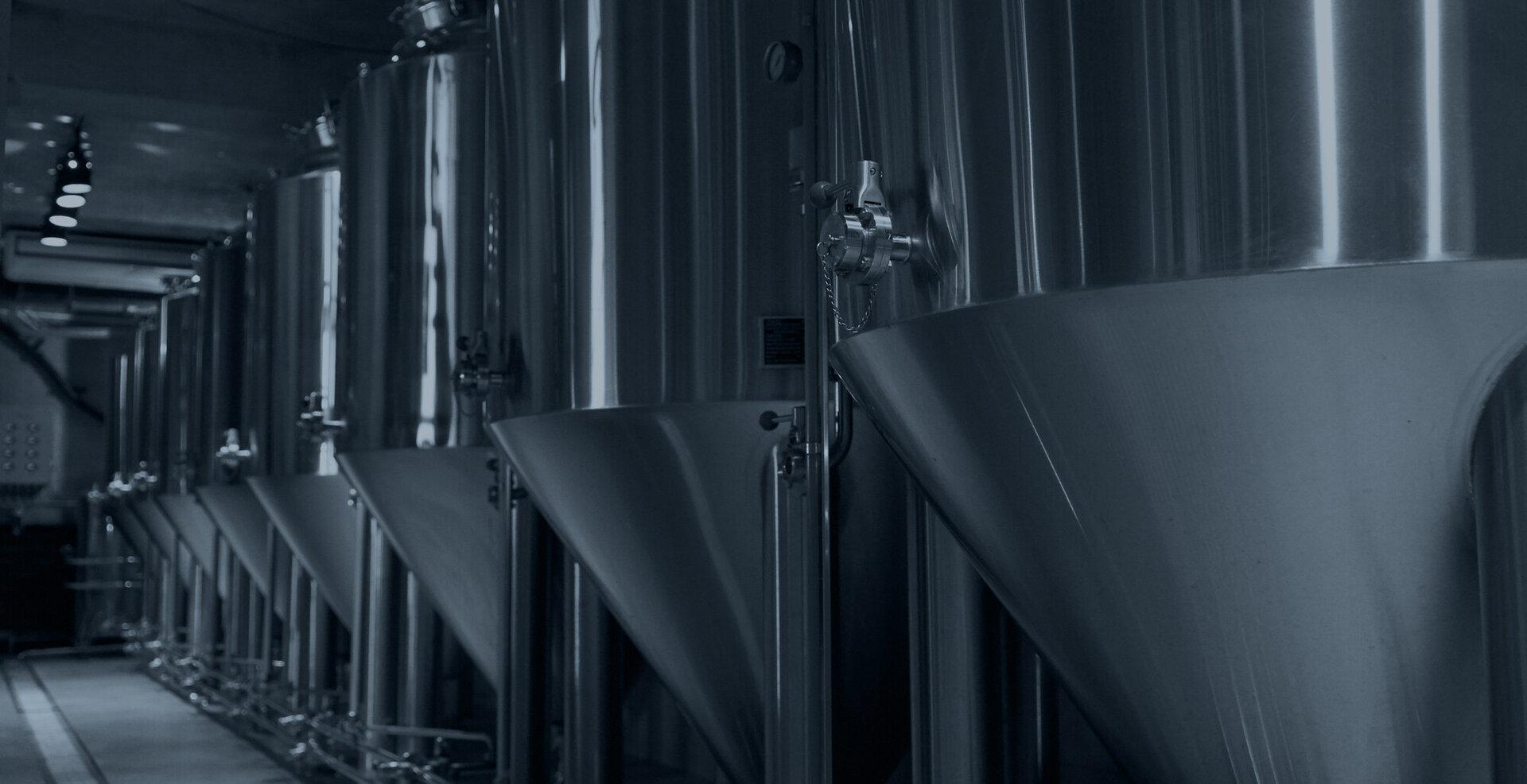Stainless steel tanks are essential assets across numerous industries, from food and beverage processing to chemical and pharmaceutical manufacturing.
These tanks are known for their strength, corrosion resistance and longevity, but they require consistent maintenance to uphold these qualities.
Proper upkeep ensures that tanks operate efficiently, remain safe for storage and meet regulatory standards. Here’s a detailed guide on the essential steps for maintaining stainless steel tanks:
Regular Inspection and Assessment
The first step in tank maintenance is conducting regular inspections. This involves both visual assessments and specialised tests by our experts to identify any signs of wear, corrosion or mechanical damage. During an inspection:
Look for Visible Corrosion: Although stainless steel is corrosion resistant, exposure to certain chemicals or a lack of regular cleaning can cause rust spots or pitting. Early detection of corrosion allows for timely corrective action.
Inspect Welds and Joints: These areas are prone to stress and potential cracking. Look for any signs of wear which may require repairs or reinforcement.
Check Seals and Valves: Ensure all seals and valves are intact and functioning as leaks can compromise the tank’s contents and reduce efficiency.
Test the Surface Integrity: Use non destructive testing methods, such as ultrasonic testing or dye penetrant inspection to check for hidden cracks or weaknesses.
Routine Cleaning Procedures
Regular cleaning is vital for maintaining tank hygiene, preventing residue buildup and ensuring that products meet quality standards. The cleaning frequency and method depend on the materials stored and the tank’s application.
Protective Measures to Prevent Corrosion
Stainless steel relies on a passive layer of chromium oxide to protect against rust. However, exposure to high chloride levels, acidic compounds, and abrasives can compromise this layer.
To protect your tank:
Avoid Contact with Chlorides: Chlorides commonly found in salt and certain cleaning agents can cause stainless steel to corrode. Use cleaning products with low chloride content.
Apply Protective Coatings: In environments where tanks are exposed to corrosive materials applying a protective coating can enhance resistance to wear and chemical exposure.
Regularly Re Passivate the Surface: Passivation involves applying a protective acid to restore the chromium oxide layer on the steel. Re passivating your tank, especially after major cleanings or repairs, can help maintain its corrosion resistance.
Scheduled Lubrication and Component Replacement
In tanks with moving parts, such as mixers or valves, lubrication is essential for optimal performance. Periodic lubrication prevents friction related wear and tear keeping the tank running smoothly.
Lubricate Moving Parts as Needed: Regular lubrication of parts like seals, valves and gaskets minimises wear and ensures a tight seal.
Replace Worn Components: Parts like seals, gaskets and filters may degrade over time and need regular replacement. Inspect these components during routine maintenance and replace them promptly if they show signs of damage or wear.
Temperature and Pressure Monitoring
Many stainless steel tanks are designed to operate under specific temperature and pressure conditions. Regularly monitoring these parameters can prevent excessive stress on the tank walls which could lead to cracking or deformation.
Install Monitoring Equipment: Use temperature and pressure sensors to monitor conditions inside the tank. This helps ensure that the tank is operating within safe limits.
Respond to Alarms Promptly: If alarms indicate that temperature or pressure levels are too high investigate and correct the issue immediately to avoid long term damage.
Sterilisation for Tanks Used in Sensitive Applications
For tanks used in the food, beverage or pharmaceutical industries sterilisation is critical to prevent contamination. This process involves cleaning the tank with high temperature steam or sterilising agents to eliminate any microbial presence.
Choose an Appropriate Sterilization Method: Based on tank material and contents select a sterilization method that won’t damage the stainless steel. Steam sterilisation is widely used as it’s effective and stainless steel can typically withstand high temperatures.
Validate the Sterilization Process: Test to ensure that the sterilisation process meets industry standards for microbial elimination.
Documentation and Record Keeping
Maintaining a detailed record of inspections, cleanings, repairs and component replacements is crucial for regulatory compliance and quality control.
Log Each Maintenance Activity: Keep records of all maintenance tasks including dates, actions taken and any issues detected.
Track Component Life Cycles: For parts with expected life spans keep track of replacements and plan for upcoming maintenance to avoid disruptions.
Ensure Compliance with Industry Standards: For industries with stringent regulatory requirements, well documented records ensure compliance and help prepare for audits.
Stainless steel tanks play a critical role in many industries and their performance and longevity depend on proactive maintenance. By following these steps; regular inspections, thorough cleaning, protective measures, and proper documentation, you can protect your investment and ensure that your tank remains efficient, safe, and compliant with industry standards. When you need help, advice and maintenance of your tanks; let’s talk.


